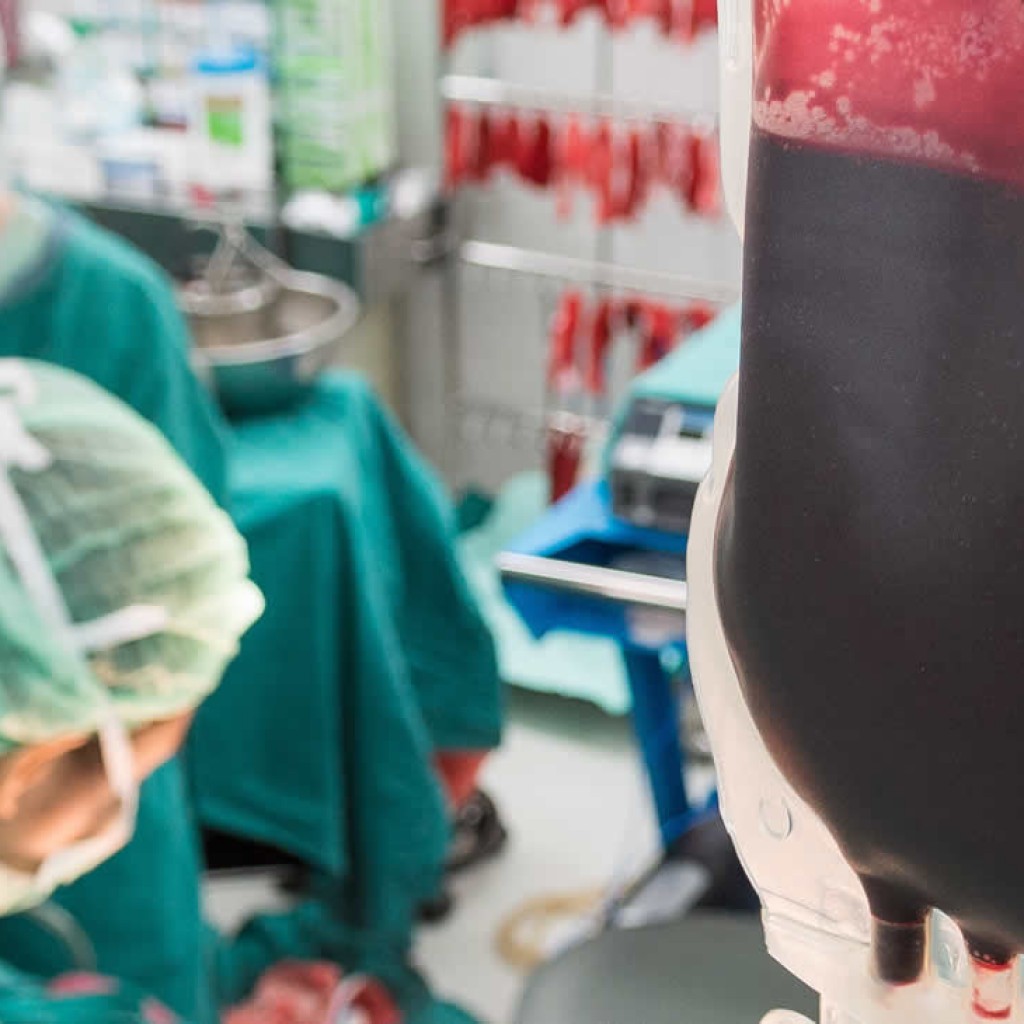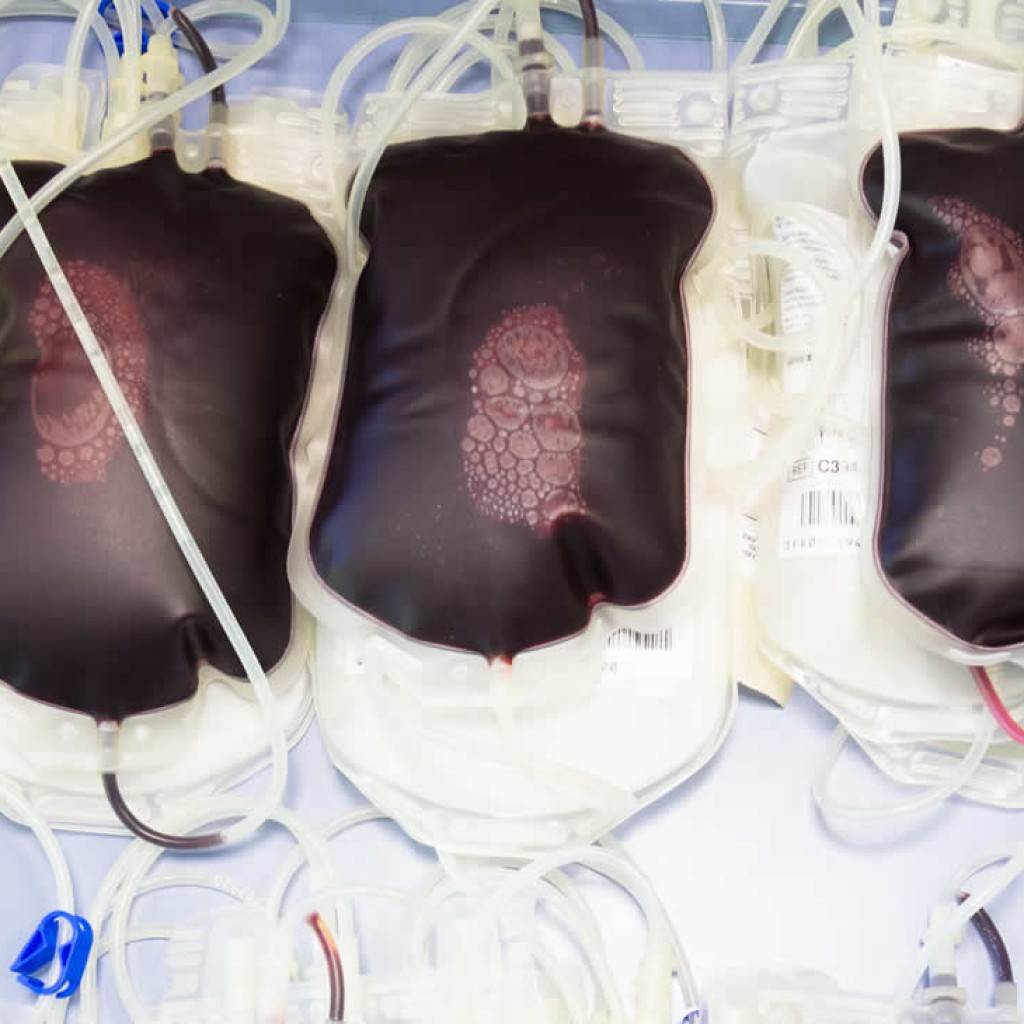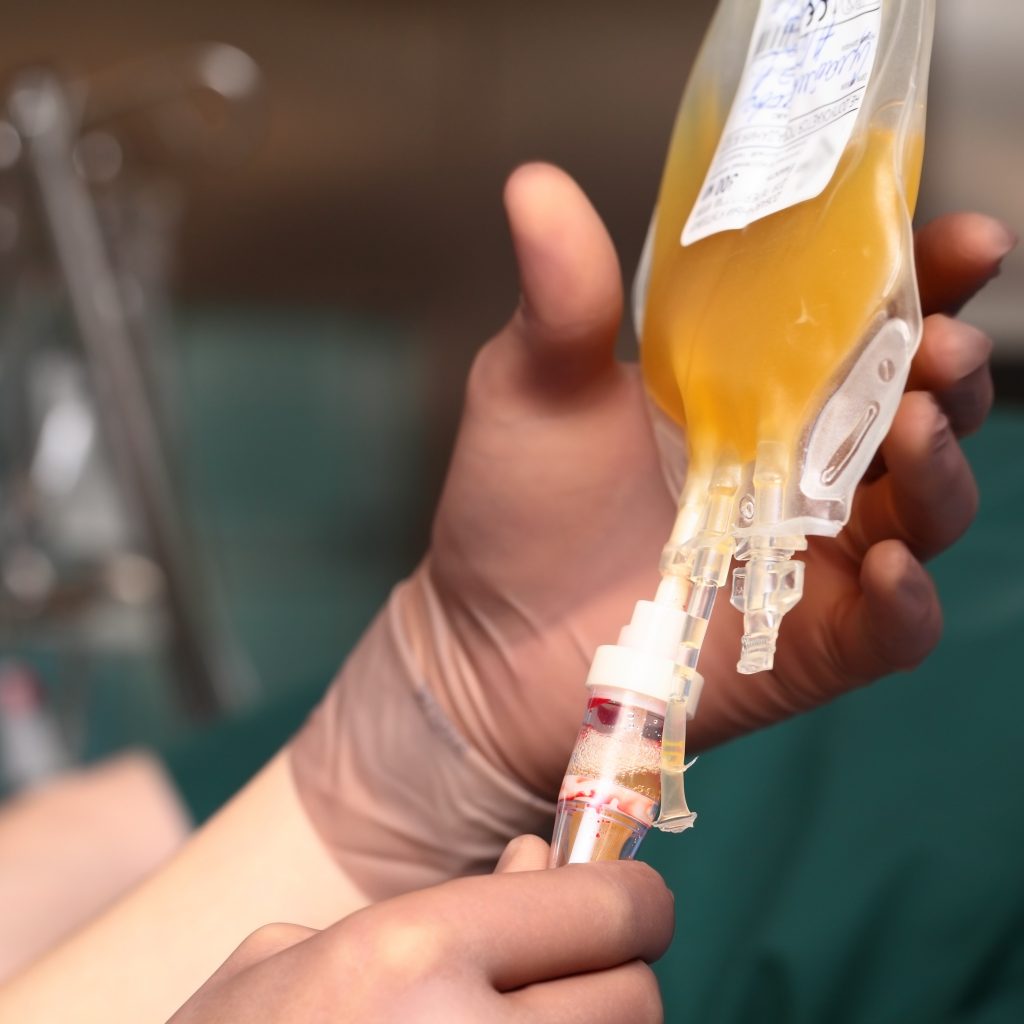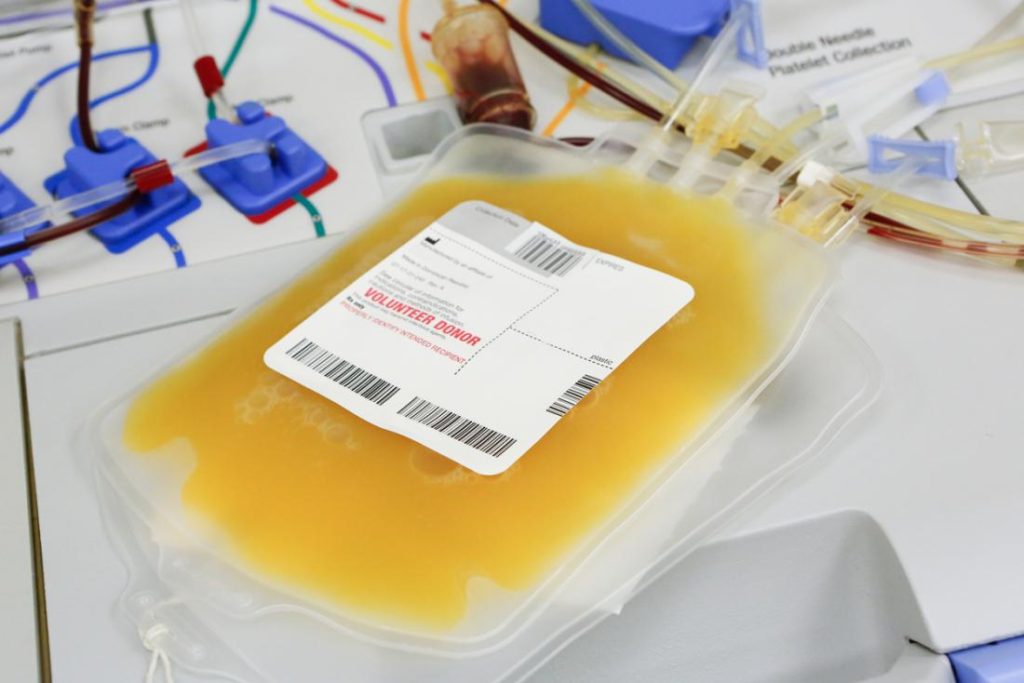The most common form of blood donation is a whole blood donation. The entire process takes 45 minutes, on average. Donors first complete a mini-physical where our technicians check your temperature, blood pressure, pulse, hemoglobin, etc. Donors then answer a series of health, lifestyle, and travel questions. These questions are required by the FDA to determine a donor’s eligibility.
After the screening session is complete, the actual donation process takes less than 15 minutes. The donor’s arm is sanitized thoroughly, and the needle feels like a small pinch. The process is very similar to what you would experience if your blood were being tested at your doctor’s office.
To thank you for your donation, receive a special giveaway from MEDIC.
All donors are asked to wait for 15 minutes following their donation and enjoy some refreshments before returning to their daily activities.




